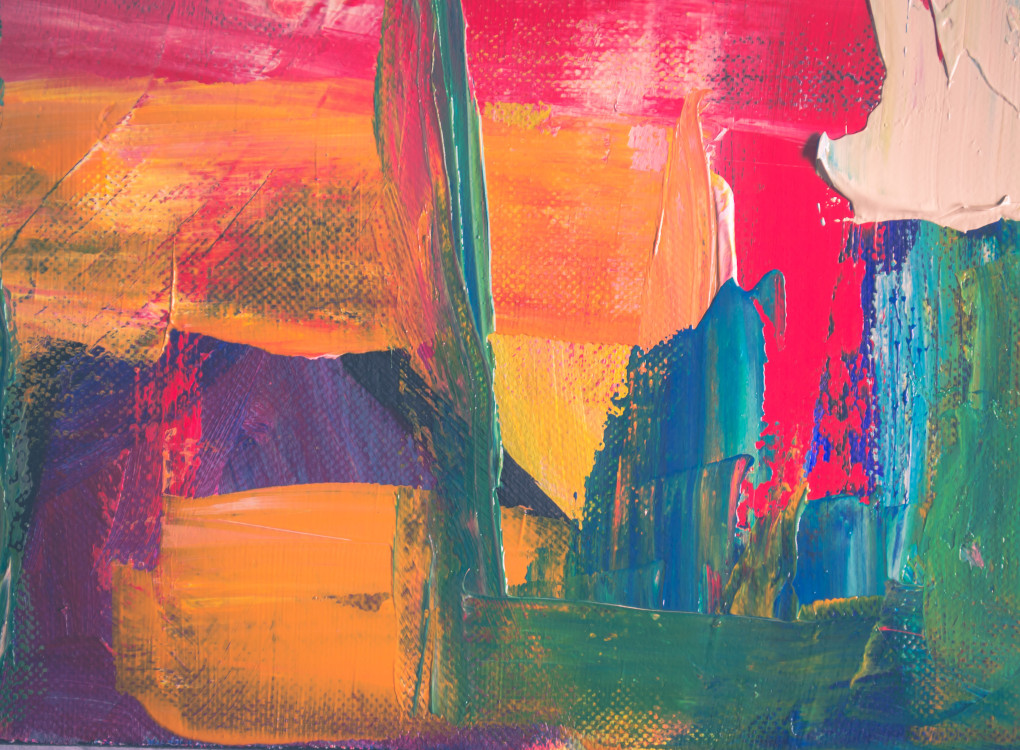Blog
I Wear This Dress, Daily
I want to explain!
A few years ago, a picture of a dress went viral. When people looked at it, they saw it coloured a combination of black and blue or white and gold. How is that possible? Folks got into online fist fights over their respective views of this dress.
Thanks to neuroscientist Pascal Wallisch, he rose above the fray, determined to understand why there was this distinct divide. I’ll skip the tedious parts and get to the fruit of the matter. I’ll use a lemon as an example.
Most folks will look at a lemon and say it is yellow. This is true across religions, cultures, nationalities, and so on. Here’s what is going on in my best lay-person way. I’m not an expert with that disclaimer; off we go down the rabbit hole.
Our brains see a picture of a lemon. It then reaches back into the millions of experiences of our views of lemons. No surprise here; they are all yellow. We’re good so far.
Now to that darn dress. Our brain sees the dress but doesn’t know what to colour it. If there had been pictures of strawberries, it would have filled them in red. No such luck with our plain dress. Our brain doesn’t have the viewing experience to colour in the information. So why does it tend to default to the two colour combinations?
After working with 10,000 subjects, Wallisch found a pattern. It involved our history of light exposure. The more time a person had been exposed to artificial light – typically a person who works indoors or at night, the more likely they were to say the dress was black and blue. On the other side of that coin, the more a person was exposed to natural light – someone who works during the day, outside, or near windows- the more likely they were to see the dress as white and gold.
I’m leaving out much information about wavelengths, light absorption and reflection. We see black when the object absorbs most of the light – reflecting very little to our eyes.
This leads to a broader application of this understanding when I apply it to the great divides we experience in our everyday life: The decision to be vaccinated or not, setting aside religious and medical reasons.
The figurative dress I have referred to is one of tolerance. Folks can see the same thing and genuinely perceive it very differently. We can’t both be right – or can we?
Please give this a bit of a think. Reflect on a fissure of difference between you and another person. Couldn’t you both be right? Sometimes a yes answer is hard to find, partly because it isn’t always there. But it might be there more frequently than you first thought.
I’m curious about your thoughts. Please share your bit of a think below.
If you want even more fun, Google “What colour is this dress?”
Photo by Steve Johnson on Unsplash
If you enjoyed The Blog, please share it with others. Thanks.
And my thanks to St. Albert Seniors Association: 780-459-0433 for making this Blog possible.

Volunteer Blogger
TheBlog@stalbertseniors.ca










